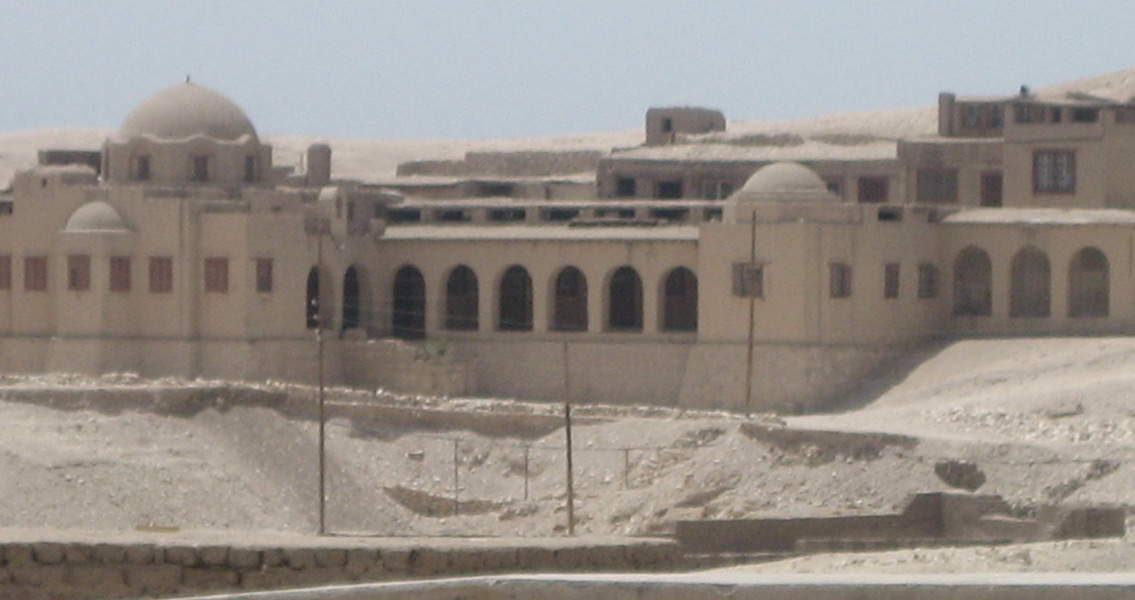<![CDATA[Researchers – amateur and professional alike - dream of discovery, of finding an object and recognizing it for what it is when others haven’t. A researcher with the University of Winnipeg in Manitoba, Canada, Luther Sousa, did just that when he identified two small objects he found in the University’s collection of ancient Egyptian artifacts (the A.E. Hetherington Collection) that once belonged to Queen Hatshepsut, one of the first female Egyptian pharaohs who ruled in the Eighteenth Dynasty. As it turns out (for the right person) the connection to the Egyptian Queen wasn’t hard to make; the hieroglyphs representing her name were there on the newly identified items, a miniature hoe approximately 30 cm long and a miniature rocker around 15 cm long. Their significance was only recently discovered because Sousa had studied at the American university in Cairo. He told CBC news in Canada, "No one had the expertise or the know-how of the objects or were aware these objects were there," he said. "Someone like me who just is really into Egyptology and who studied Egyptology finally [took] the time to have a look at it. I think it's just a matter of luck and time." It was Queen Hatshepsut's throne name — Maatkare — that Sousa recognized. She reigned in the Eighteenth Dynasty for over two decades between 1479 and 1458 BCE and the objects are believed to have been part of a foundation deposit associated with the Queen. A foundation deposit was a ritual pit, often lined with mudbricks, sometimes just a hole, dug at specific locations under a temple or tomb and filled with cultural and religious objects (scarabs, amulets miniature tools and food for example) prior to the construction of the foundation. They were believed to prevent the structure from falling into disrepair. Sousa’s research indicates these artifacts were probably part of a foundation deposit at Hatshepsut’s temple in Deir el-Bahri. How the University acquired the A.E. Hetherington Collection to begin with is a mystery. What’s known about the collection (which includes 450 individual objects) is that the Egyptian Exploration Fund sold it in 1903 and it was taken out of London. The artifacts, which have been authenticated, were received by the University in at least two separate shipments, the first in 1903 and the next in 1925. Additionally, it’s known that the archaeologist who participated in the excavation of the mortuary temple of Hatshepsut, Henri Edouard Naville, was supported by the Egyptian Exploration Fund. The objects in the A.E. Hetherington collection represent several different dynasties and are from a variety of sites. They have been described as “common,” the type of artifacts that are often sold to wealthy private citizens or museums: storage jars, dishware, lamps, stone tools, funerary figurines (shabtis) and bone game pieces. According to CBC, Sousa stated, "Having the queen's name inscribed on it is a way for her to attach herself to the temple and kind of receive credit for it, so if anybody did find it, she would be attributed to that temple as the patron," he said. Sousa will continue to study the artifacts, which will not be put on display until the research is complete., Image courtesy of Wikimedia Commons user: Jerome Bon]]>
Researcher Discovers Ancient Artifacts in Plain Sight
